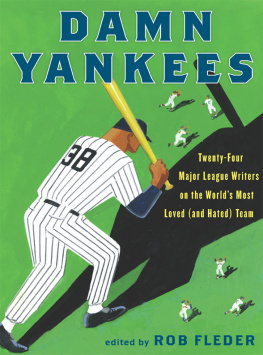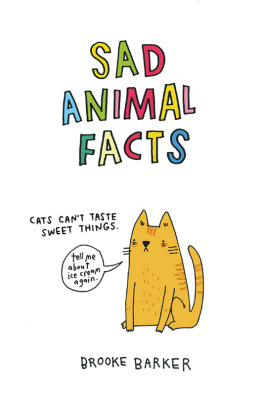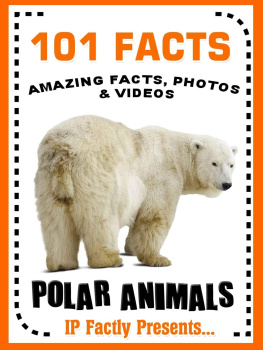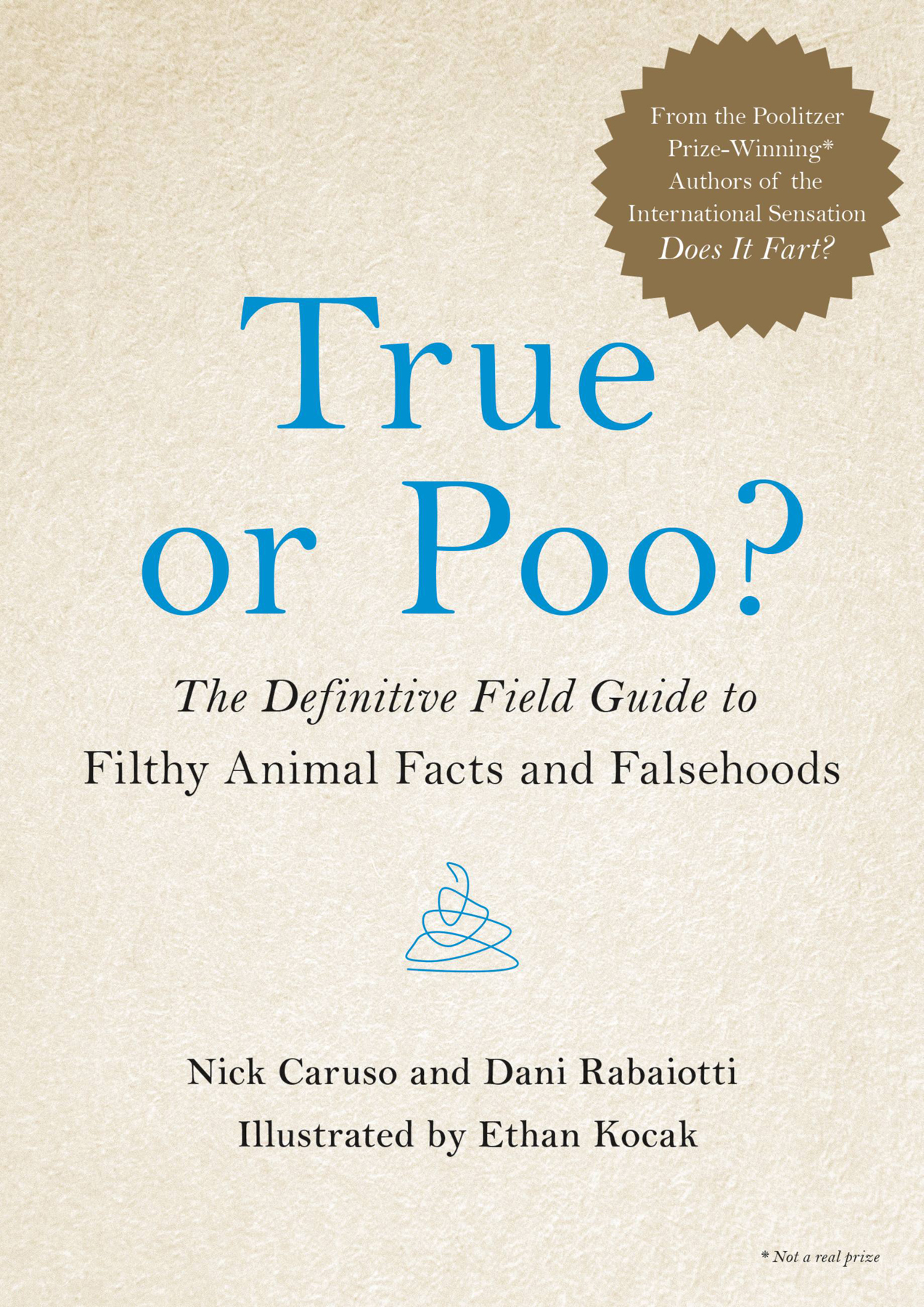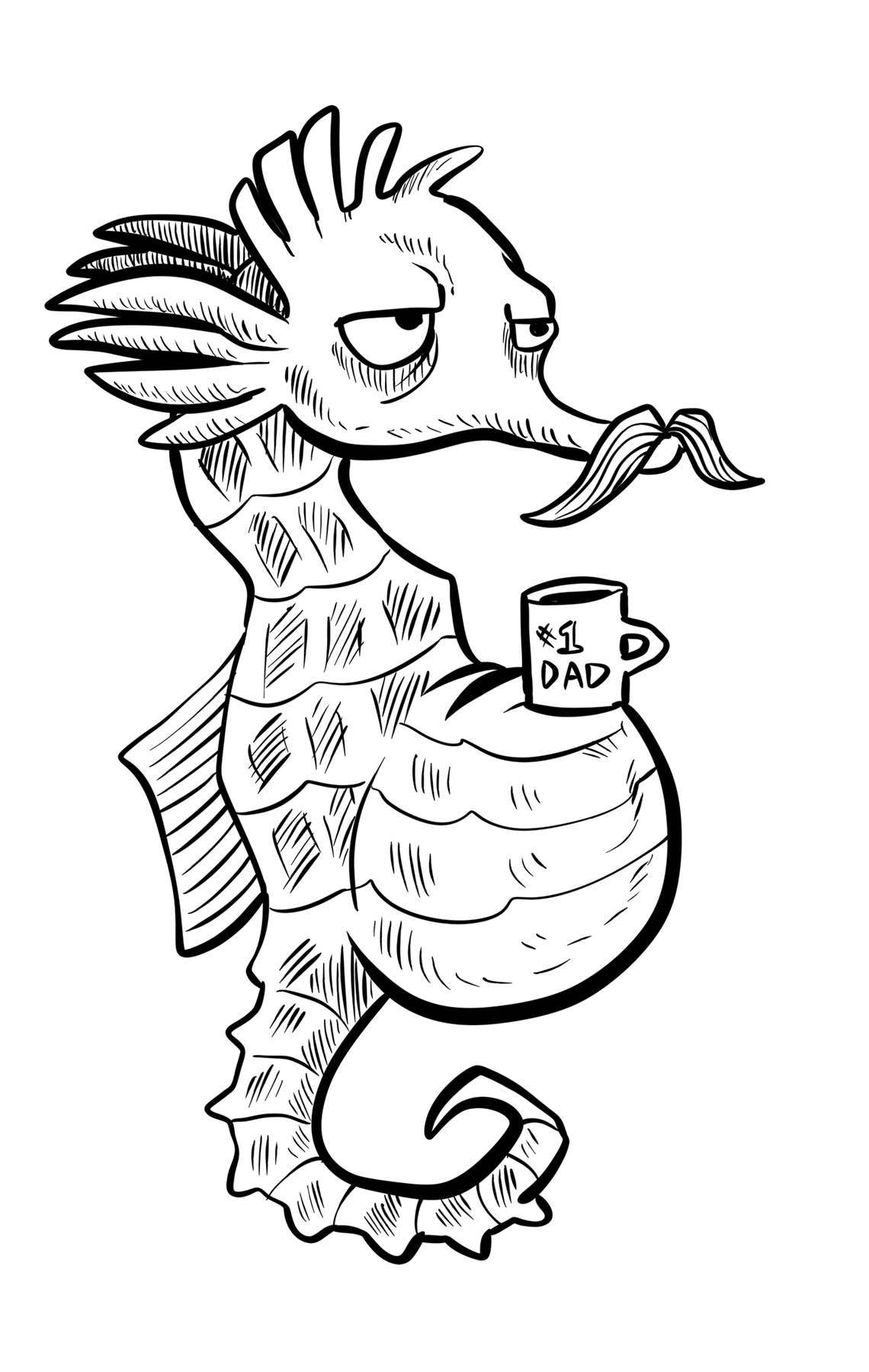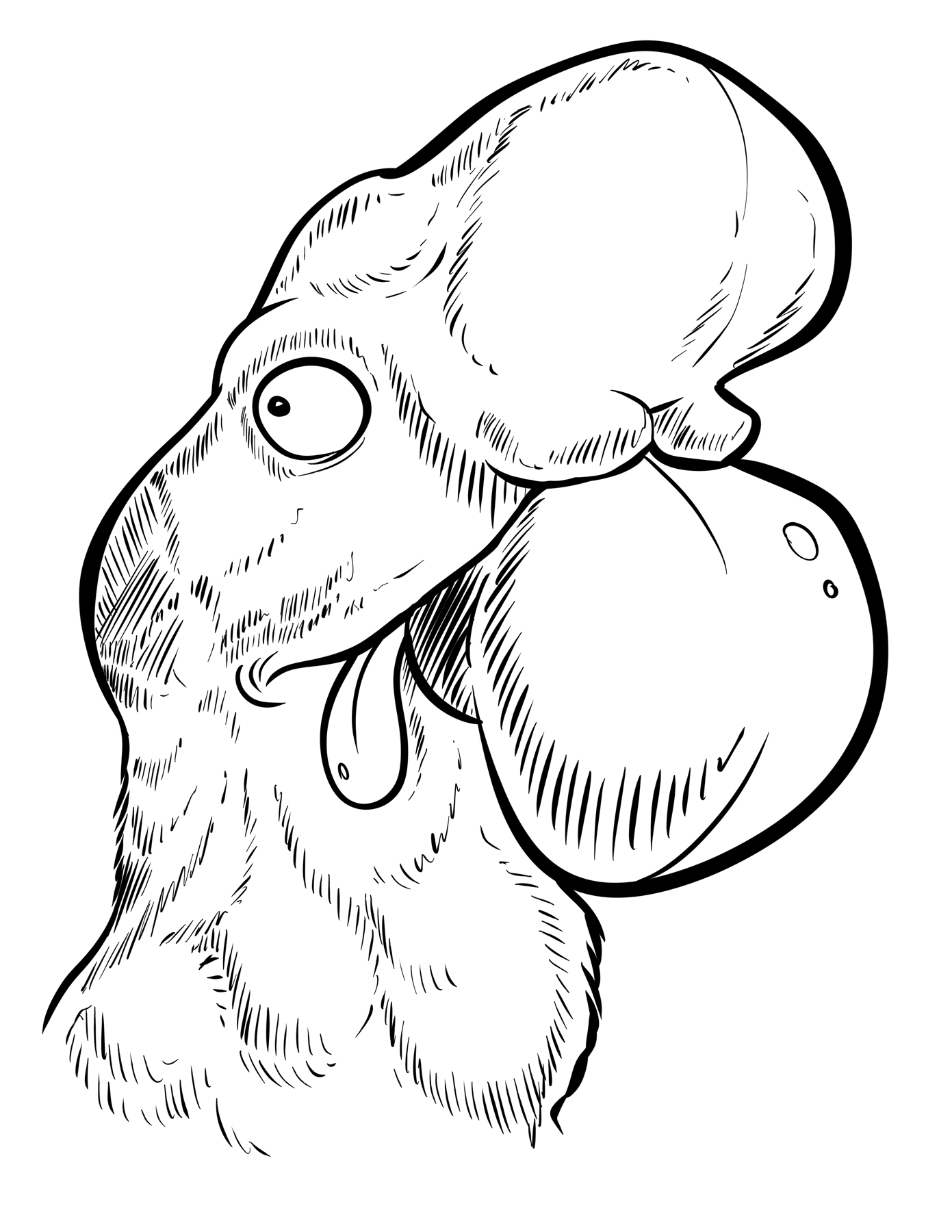Thank you for buying this ebook, published by HachetteDigital.
To receive special offers, bonus content, and news about ourlatest ebooks and apps, sign up for our newsletters.
Copyright 2018 by Nick Caruso and Dani Rabaiotti
Illustrations copyright 2018 by Ethan Kocak
Jacket design by Amanda Kain
Jacket copyright 2018 by Hachette Book Group, Inc.
Hachette Book Group supports the right to free expression and the value of copyright. The purpose of copyright is to encourage writers and artists to produce the creative works that enrich our culture.
The scanning, uploading, and distribution of this book without permission is a theft of the authors intellectual property. If you would like permission to use material from the book (other than for review purposes), please contact permissions@hbgusa.com. Thank you for your support of the authors rights.
Hachette Books
Hachette Book Group
1290 Avenue of the Americas, New York, NY 10104
hachettebooks.com
twitter.com/hachettebooks
Originally published in 2018 by Quercus in Great Britain.
First Edition: October 2018
Hachette Books is a division of Hachette Book Group, Inc. The Hachette Books name and logo are trademarks of Hachette Book Group, Inc.
The publisher is not responsible for websites (or their content) that are not owned by the publisher.
The Hachette Speakers Bureau provides a wide range of authors for speaking events. To find out more, go to www.hachettespeakersbureau.com or call (866) 376-6591.
Library of Congress Cataloging-in-Publication Data has been applied for.
ISBNs: 978-0-316-52812-2 (hardcover), 978-0-316-52809-2 (ebook)
E3-20180910-JV-PC
For Science Twitter, a community whose enthusiasm, support, and awesome animal-related content made this book happen. Thanks for letting people know science is for everyone.
Myths about animals are as old as time. For example, salamanders were once believed to be born from fire or even immune to it, because people observed salamanders emerging from logs that they were burning to keep warm. In reality, these salamanders make their homes inside logs and are very sensitive to rising temperatures. When their homes begin to heat up, the salamanders quickly evacuate. Another common myth is that ostriches bury their heads in the sand to hide from predators. (Both of these myths as well as others throughout this book can be traced back to the naturalist and philosopher, Pliny the Elder.) In reality, however, observations of ostriches burying their heads was likely them lowering their head into their nests, which consist of holes in the ground, to turn their eggs, or potentially just moving their head to the ground to feed.
These myths, however, cant compete with some of the weird and wild things that animals actually do every day. Animals and their evolutionary adaptations are amazing, we dont need made-up facts about them. For example, did you know that salamanders can regenerate their tails as well as their arms and legs? And ostriches can run at speed of over 70 kmph? While it may seem innocuous to believe these animal myths, often it can lead to an underappreciation of how truly great the natural world is or, worse, needless harm toward certain species that have obtained a bad reputation as a result of this fake gnus.
As zoologists, we have had the privilege to get up close and personal with a wide variety of animal species, as well as reading thousands (and we seriously mean thousands) of papers on animal-related topics throughout our careers. On top of this, we hang out with a lot of other people who study and work closely with various animal species, who have many weird and wild animal tales to tell. It turns out, in fact, that nature is pretty grossthe Victorians may have had some very ingrained ideas about the beauty of nature, but in reality animals do a lot of really, really disgusting stuff.
In this book you will find a mixture of bizarre myths that many people believe about the animal kingdom, along with some absolutely unbelievable facts. They cover topics from mating and parenting to feeding and digestion and strange names, and the peculiar places animals call home. All with a gruesome and gross slant, of course. Can you guess whether they are True or just a bunch of Poo?


In order to persist, species need to reproduce. However, reproduction in the animal kingdom is incredibly variableone animals stink might be anothers kink! There is so much that needs to happen in order for reproduction to be successful. First, animals need to find and attract a mate; this is the courtship stage. Typically, males compete to win over females and this can involve elaborate displays with a healthy dose of swagger which can often relate information about the males reproductive fitness to the females. For example, a bright, colorful, and long tail in peacocks signals to the female, known as a peahen, that the male is in good health and quality, because he can acquire abundant resources to devote to his plumage and still escape predation while being very clearly visible. But sometimes a physical encounter between males is needed for the female to decide who should sire her offspring. As always in the animal kingdom, though, there are exceptions, and in some animals, such as the Jacanaa genus of large-footed wading birdthe females are the ones that fight to secure the best mate around.
During mating, gametes, which are the reproductive cells that contain half of the DNA of each parent, unite to form a zygote. In humans, development of the zygote, known as gestation, on average lasts 280 days and occurs within the female, but this is by no means a constant throughout the animal kingdom. After an offspring is born or hatched, some species are content to let their progeny fend for themselves, but it might surprise you to know that there are also some attentive and dedicated animal parents. Some animals work together to raise their young, but sometimes one parent does all the heavy liftingoften this is the female, although males do occasionally lend a helping hand, fin, or claw.
In this section you will find the answers to questions about all the weird and wonderful ways by which animals reproducefrom courtship displays through mating and finally to parenting. What do hooded seal courtship and childrens birthday parties have in common? (See .)
)?





